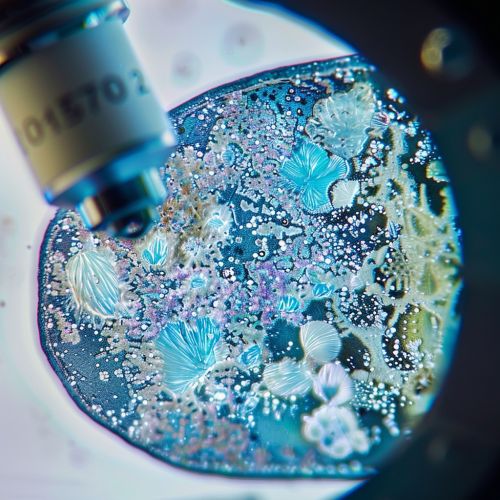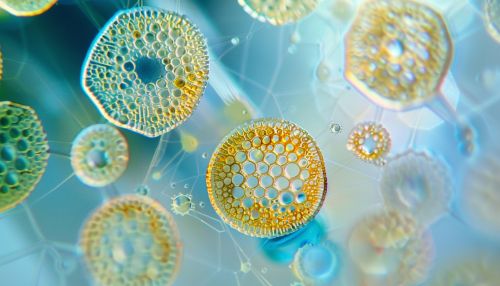Psychrotrophs
Introduction
Psychrotrophs are microorganisms that are capable of surviving or even thriving in a cold environment. These organisms are found in a variety of habitats worldwide, including soil, water, and food products. They are of particular interest in the field of microbiology due to their ability to survive in low-temperature environments, which can have significant implications for food safety and preservation.


Characteristics of Psychrotrophs
Psychrotrophs are characterized by their ability to grow at low temperatures, but they can also survive at moderate temperatures. They are able to grow at temperatures as low as 0°C, but their optimal growth temperature is usually around 15°C to 20°C. This distinguishes them from psychrophiles, which have an optimal growth temperature of 15°C or lower and are unable to grow at temperatures above 20°C.
Psychrotrophs are also characterized by their ability to form biofilms, which are communities of microorganisms that are attached to a surface and surrounded by a matrix of extracellular polymeric substances. Biofilms can form on a variety of surfaces, including natural materials like rocks and man-made materials like plastic and metal. The ability of psychrotrophs to form biofilms can have significant implications for industries such as food processing and healthcare.
Classification and Types of Psychrotrophs
Psychrotrophs can be classified into several different types based on their morphology and metabolic characteristics. Some of the most common types of psychrotrophs include bacteria, fungi, and yeasts.
1. Bacteria: Many types of bacteria are classified as psychrotrophs, including species from the genera Pseudomonas, Listeria, and Bacillus. These bacteria are often found in soil and water, and they can also be found in food products, particularly raw and processed meats.
2. Fungi: Some types of fungi, including species from the genera Penicillium and Aspergillus, are also classified as psychrotrophs. These fungi are often found in soil and decaying organic matter, and they can also be found in food products, particularly fruits and vegetables.
3. Yeasts: Certain types of yeasts, including species from the genera Candida and Cryptococcus, are classified as psychrotrophs. These yeasts are often found in soil and water, and they can also be found in food products, particularly dairy products.
Role in Food Spoilage and Preservation
Psychrotrophs play a significant role in food spoilage and preservation. Due to their ability to grow at low temperatures, psychrotrophs can cause spoilage in refrigerated food products. They can produce enzymes that degrade food components, leading to changes in the taste, smell, and texture of the food. This can have significant economic implications for the food industry.
On the other hand, the ability of psychrotrophs to survive at low temperatures can also be exploited for food preservation. For example, certain psychrotrophic bacteria can produce bacteriocins, which are proteins that inhibit the growth of other bacteria. These bacteriocins can be used as natural preservatives in food products.
Detection and Control of Psychrotrophs
The detection of psychrotrophs in food products is an important aspect of food safety. Various methods can be used to detect psychrotrophs, including culture-based methods, molecular methods, and biochemical tests.
Culture-based methods involve growing the microorganisms on a specific medium under specific conditions, while molecular methods involve the detection of specific genes or sequences of DNA. Biochemical tests involve the detection of specific enzymes or other metabolic products.
Control of psychrotrophs in food products can be achieved through various methods, including refrigeration, pasteurization, and the use of preservatives. Refrigeration slows down the growth of psychrotrophs, while pasteurization kills the microorganisms. Preservatives can inhibit the growth of psychrotrophs, either by creating an unfavorable environment for their growth or by directly killing the microorganisms.
Conclusion
Psychrotrophs are a diverse group of microorganisms that are capable of surviving in cold environments. They are found in a variety of habitats and can have significant implications for food safety and preservation. Understanding the characteristics, classification, and control of psychrotrophs is important for ensuring the safety and quality of food products.
